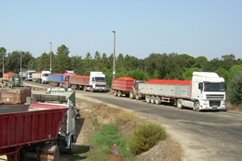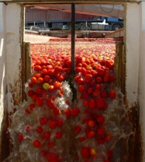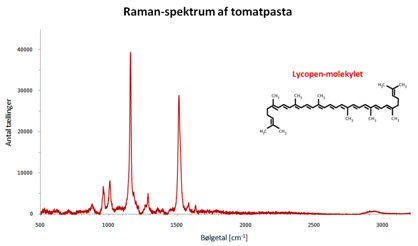Online Monitoring of Lycopene Content in Tomato-Derived Products
The food industry demands quick and efficient separation of high value products from low value products. Therefore, online quantification of different functional molecules in the products is interesting, as a high content can provide a considerable profit.
Lycopene is the colorant that makes tomatoes red. In addition, it is an antioxidant that is believed to have a positive effect on health and to prevent various types of cancer. Especially on the Japanese market there is great demand for tomato concentrate with a high content of lycopene; a doubling of the content means that the price can be multiplied by 5-10. That is why a system that continuously checks the lycopene content is requested, so tomato products with a high lycopene content quickly can be sorted out. That requires reliable online determination.
Danish Technological Institute was coordinator on a Eurostars (EU) project, where the objective was to develop equipment for online determination of the lycopene content during the processing of tomatoes at a tomato factory in Portugal (Fomento da Indústria do Tomate). The task was solved by using an analytical method called Raman spectroscopy.
Cooperation partners in the project were the Technical University of Lisbon and a Danish company called RSP Systems A/S, who develops online Raman equipment. For the tomato factory, it is important to be able to determine the lycopene content as early as possible in the process, and they requested a routine procedure so they can quantify the content of lycopene in tomato juice, which is an important intermediate stage in the production of tomato concentrate (final product).
During the tomato season in 2011 and 2012, newly developed equipment was implemented to continuously measure on tomato juice for several weeks, and the technology made it possible to online distinguish between products with a high and a normal lycopene content. To make the system operational during an entire season it is necessary to ensure valid correlation between online Raman data and the actual lycopene content determined through laboratory analyses. In this content, advanced statistic data processing (chemometrics) and correct sampling and handling play a crucial part.




Raman-spectrum of tomato paste with two dominating, characteristic peaks from the lycopene molecule.